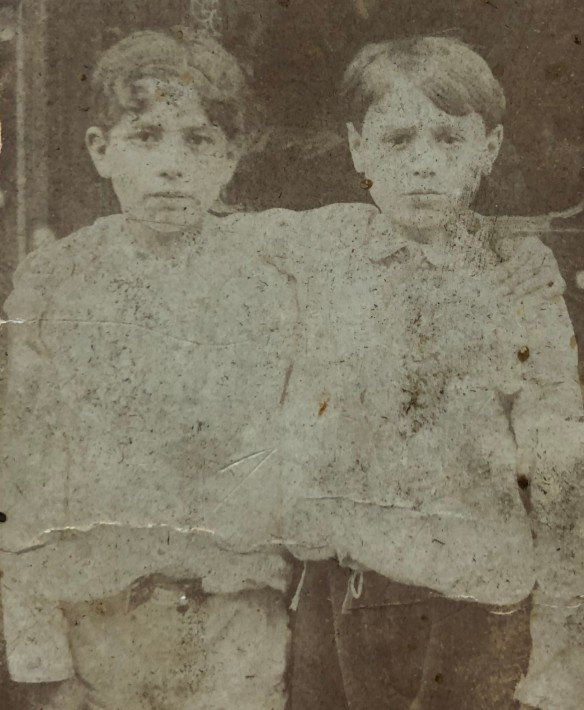The Life of Thomas Ferruccio: A Tale of Turbulence and Tragedy
Thomas Ferruccio was born on March 29, 1894, in New York to Sicilian immigrants Francesco and Antonina. Like many children of immigrant families, Thomas grew up navigating the challenges of poverty, cultural integration, and urban life in early 20th-century America. However, his life unfolded with extraordinary turbulence, marked by crime, incarceration, and an untimely death.
A Troubled Youth and Early Crime

At just 20 years old, Thomas became embroiled in a violent incident that would define much of his early adulthood. On a fateful day, he was arrested for smashing a store window and shooting a customer in a fit of rage. The crime was so shocking that a mob attempted to lynch him, underscoring the public’s outrage and the tensions of the time.
This pivotal moment was captured in period newspapers, shedding light on the intensity of the case and the uproar it caused.
Read the full article at https://www.loc.gov/resource/sn83030214/1914-10-11/ed-1/?sp=10&clip=4743,1163,800,3171&ciw=161&rot=0#

Thomas was ultimately convicted of first-degree manslaughter and sentenced to 10 to 19 years in Sing Sing, one of the country’s most infamous prisons. The punishment set the course for a life marked by brushes with the law and personal turmoil.
Bain News Service, publisher Public domain, via Wikimedia Commons
Life in Prison and Initial Release
Some time during his incarceration he was sent to He was transferred to Dannemora Prison in Clinton, New York to serve out his sentence. Despite the stigma of being a convicted felon, Thomas was released sometime before 1930. According to the 1930 U.S. Census, he returned home to live with his family, perhaps hoping for a fresh start.
However, this period of freedom was short-lived.
Arrest Under the Sullivan Act
In 1939, Thomas was rearrested under New York’s Sullivan Act, which strictly prohibited the possession of unlicensed firearms by convicted felons. Found with a loaded handgun, he was sent back to Sing Sing for a sentence of at least five years and was then transferred to Dannemora once again. This second imprisonment further reinforced his image as a man struggling to escape the cycles of his past.
A Family Home Shadowed by Tragedy
Thomas returned to a family home marked by grief and tragedy. It was in this same home that his younger brother, Antonio, had been murdered in 1927 by his brother-in-law. The weight of such personal and familial losses hung heavy over the Ferruccio household, leaving indelible scars on the family.
A Heartbreaking End
In 1953, Thomas’s life came to a tragic conclusion when he took his own life. The home, which had already witnessed so much pain, became the site of yet another tragedy. His death marked the end of a turbulent life—a story shaped by hardship, legal troubles, and personal suffering.
Remembering Thomas Ferruccio
Thomas Ferruccio’s life reflects the struggles and complexities faced by many immigrant families at the time. His story is a sobering reminder of how systemic challenges, personal choices, and tragedy can intertwine to shape a person’s legacy.



